Nyheter
Opportunities Exist in Emerging Markets Despite Challenges
Publicerad
9 år sedanden
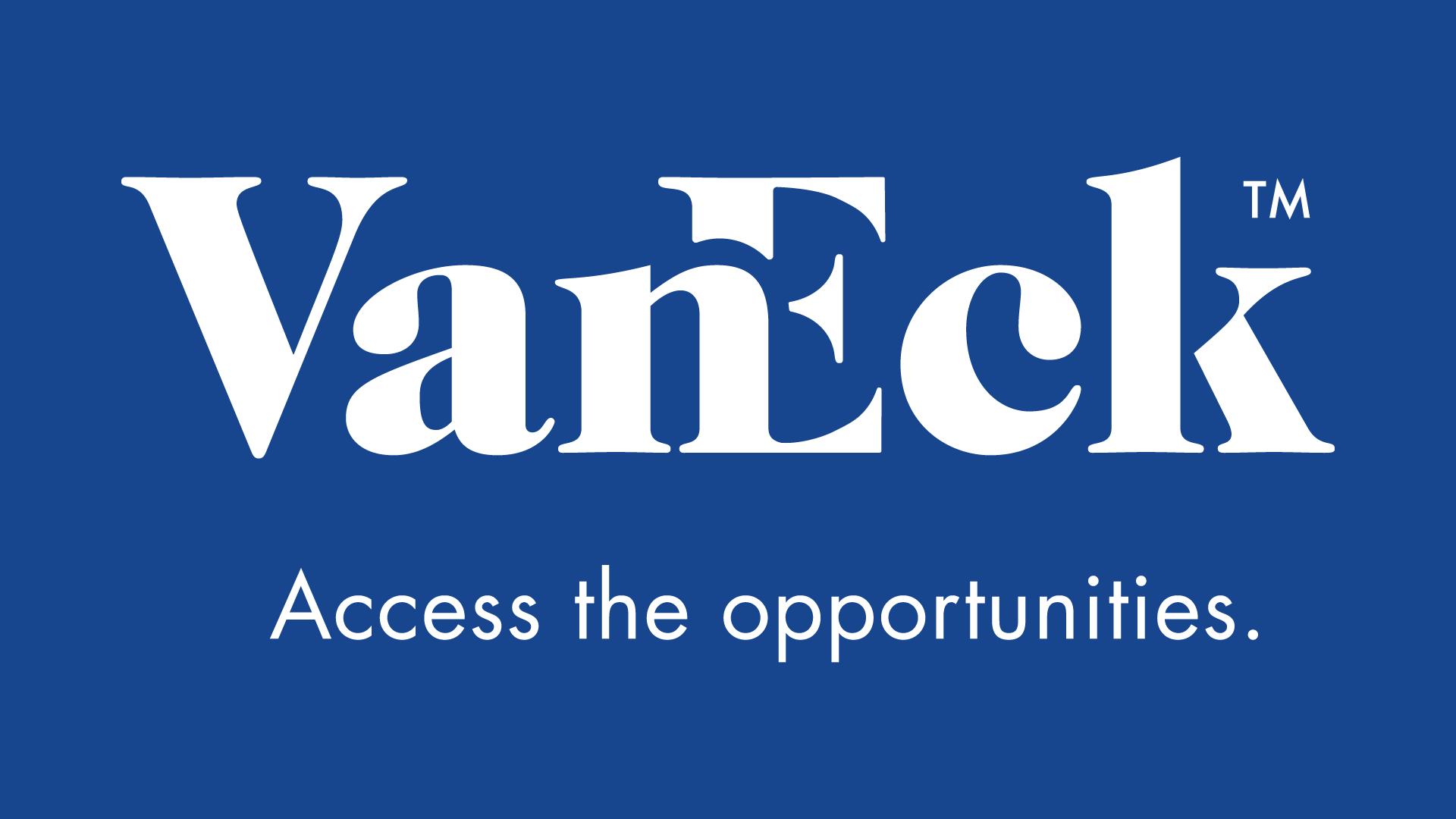
Manager Commentary – Opportunities Exist in Emerging Markets Despite Challenges
By: Eric Fine, Portfolio Manager
November 2015
Executive Summary
- Emerging markets (EM) debt still facing many headwinds
- Strong idyosincratic drivers in Argentina, Venezuela and Russia
- EM real rates remain low by historic standards
Overview
We still see many headwinds for EM debt including, but not limited to, the possible upcoming Federal Reserve (Fed) rate hikes, a looming potential devaluation in China, unstable commodity prices, a still weak EM growth trajectory, inflation risk, implosion in Brazil and potentially approaching troubles in Turkey. Regarding the Fed, just as the market was consistently mispricing the timing of their first hike relative to “dots” implied timing, the same seems to be occurring for the timing and magnitude of the anticipated subsequent rate hikes…fasten your duration seatbelts, in our opinion. Despite China telling the world that its currency devaluation will happen someday, it did not trigger capital flight. Shouldn’t the usual rule of thumb on devaluations apply, namely, you do them big and early in conjunction with some real or pretend reforms? How does it not get worse the longer China waits? It is maintaining a currency peg while cutting rates, making it cheaper for investors to short the currency. Furthermore, the rapidly approaching Fed hike means a tighter policy in China, via the exchange rate peg, in a time of declining growth rates for an exporting economy. The risks of unstable or weak commodity prices seem high. Brazil remains in the grips of a vicious political and economic adverse feedback loop of worse outcomes (e.g., recession) creating divisive politics and policy paralysis. Turkey does not seem to be a market concern, but we think it should be. President Erdogan is about to complete his takeover of state institutions which includes the likely departure of the current central bank head. The policy implication could be a central bank easing policy, risking currency weakness and self-fulfilling inflation expectations. Additionally, they may be tempted to intervene in the currency market, threatening their already-low reserves.
But, we think there are still investments that can outperform in the face of these risks. Our portfolio could be thought of as consisting of two halves: idiosyncratic and defensive. The idiosyncratic portion is primarily composed of Argentina and Venezuela dollar-denominated bonds, and both Russia rouble- and dollar-denominated bonds. As the term idiosyncratic implies, we see asset price performance almost entirely based on country-specific factors rather than systematic factors such as U.S. interest rates, etc. In Argentina, the idiosyncratic driver is the new government’s likely settlement with its holdout creditors, while in Venezuela, government bonds are trading near recovery value. In Russia, the idiosyncratic driver for local-currency bonds is declining inflation. The defensive half of the portfolio is made up of some high-spread dollar-denominated short-dated bonds with cheap spreads relative to fundamentals. The spread duration is such that if one is correct, the reward would be the constant carry. One of the largest allocations is to low duration dollar-denominated bonds in South Korea, which is experiencing ongoing balance of payments surpluses and can perform defensively in risk-off scenarios.
Why focus on Argentina and Venezuela as key idiosyncratic diversifiers? We have long maintained that the November presidential elections in Argentina would result in a more market-friendly government than the one established under former President Cristina Kirchner. The election victory of the opposition candidate Mauricio Macri – which was not an obvious outcome even a couple of months ago – might be a real game-changer. The new government’s line-up is very impressive, and so far, Macri has been sticking to his pre-election promises of dealing with the existing imbalances, such as multiple exchange rates, in a timely fashion. The Macri administration is also likely to bring in the resolution of the holdouts situation, paving the way for Argentina’s eventual rating upgrade to single-‘B’. We consider it a good sign that in late November Moody’s changed Argentina’s outlook to positive. The bottom line is that the country is solvent, but it currently has no market access, which should change when the holdouts issue is resolved. This is now a more likely outcome, in our opinion. Venezuela’s macro outlook remains very challenging but markets continue to price in an extremely high chance of default under our recovery value assumptions. Our position is that 100% probabilities of default, in general, are to be viewed skeptically. It remains to be seen whether the National Assembly elections on December 6 will bring in meaningful policy changes or closer relations with the U.S. – but there are several very low-hanging policy “fruits” (such as higher gasoline prices, streamlining the exchange rate system) that can reduce imbalances if there is enough political will.
Why a less negative perspective on Russia? First, Russia is emerging in a new light following the Paris tragedy and the shooting down of its military plane by Turkey. We think that appetite for an escalation of sanctions against Russia in this new environment is low. The rating agencies have already noted that the improving relations between Russia and the U.S. may boost Russia’s rating. Second, the authorities’ response to a considerable deterioration in the external conditions following the introduction of sanctions was surprisingly orthodox and helped avoid a major drain on reserves. Russia seems to be emerging from this episode with a stronger credit profile (e.g., stable reserves, lower external debt, a larger current account surplus). Third, the rouble was used mainly as a shock-absorber in the past months and is now significantly undervalued both on a short-term basis and also when looking at fundamental metrics. Additionally, a major disinflation move is expected in the next 3-6 months allowing the central bank to ease further. All this makes us more comfortable owning non-sanctioned Russia securities (sovereigns [OFZs] and hard-currency quasi-sovereign debt). Fourth, duration makes the trade attractive, in our opinion. Inflation could decline to 6% by the end of 2016 with the policy rate (and yield curve) around 10%. So, with carry and duration, we are looking at rates that are possibly 100bp-200bp lower, which may provide a cushion for potential currency weakness.
Why still unable to find attractive local currency? First, even though real interest rates in emerging markets increased in the past few weeks, they remain low by historic standards and also in comparison to real rates in developed markets (real interest rates in the U.S. have recovered to their long-term average). The Federal Open Market Committee (FOMC) continues to give strong signals that it is ready to hike in December. Such a move might not only pull nominal yields in the U.S. (at least in the near term) but also real rates in emerging markets. Second, with the renminbi in November finally becoming part of the International Monetary Fund’s (IMF) Special Drawing Rights (SDR) basket, an international reserve asset which is based on the values of major currencies, the focus is now shifting to possible currency devaluation in China and its potential impact on the rest of EM FX (both in terms of the initial knee-jerk reaction and the subsequent rounds of “currency wars”). The offshore currency (CNH) is weakening relative to the controlled onshore currency (CNY). Third, even though there were some improvements in the EM macro data flow in the past weeks, we have yet to see any meaningful improvement in the EM growth outlook. Consensus continues to downgrade the 2016 growth forecasts in all EM regions – reflecting debt overhang and low commodity prices among other things. The expected growth differential between EM and the U.S. continues to narrow down, undermining the fundamental support for EM FX. We should note the potential for contagion risk in Brazil and Turkey perhaps, due to the size and importance of their economies.
A key feature of the intial steps of our investment process compares the risk premium of a country to its fundamentals) and we should emphasize that it does uncover pockets of value in local-currency markets. Colombia, Brazil, Zambia, Nigeria and others pay high real interest rates. However, in each of these cases, these investments failed the following step of our process which test specific risk factors. Colombia has been very correlated to oil prices, and we expect it will continue to be, and thus the failed correlation test, Brazil fails the policy/politics test, and Zambia and Nigeria are slowly moving to capital control regimes, in our opinion, and therefore, fail the policy/politics tests.
Exposure Types and Significant Changes The changes to our top positions are summarized below. Our largest positions are currently: South Korea, Argentina, Venezuela, South Africa and Russia.
- We added local-currency sovereign and hard-currency quasi-sovereign debt exposure in Russia. We expect to benefit from a combination of a change in the geopolitical narrative that reduces the potential risk of additional sanctions and disinflation that should allow the central bank to further slash interest rates.
- We reduced sovereign and quasi-sovereign hard-currency debt exposure in Chile due to concerns about the price of copper in light of the ongoing growth slowdown in China.
- We also reduced local-currency sovereign exposure in Romania due to concerns about local politics and policy noise.
- We reduced hard-currency sovereign exposure in Israel due to greater vulnerability risks as well as concerns about duration. We also reduced quasi-sovereign hard-currency exposure in Vietnam on greater vulnerability risks.
Fund Performance
The Fund (EMBAX) gained 0.13% in November, compared to a 1.11% loss for a 50% local-50% hard-currency index.
The Fund’s biggest winners were Venezuela (hard-currency sovereign), South Africa (hard currency sovereign and quasi-sovereign) and Ivory Coast (hard-currency sovereign). The Fund’s biggest losers were Argentina (hard-currency sovereign), Romania (local-currency sovereign) and Mongolia (hard-currency sovereign).
Turning to the market’s performance, the GBI-EM’s biggest winners were Nigeria, Brazil and Indonesia. The biggest losers were Colombia, South Africa and Hungary – with Colombia and South Africa affected by low commodity prices and policy rate hikes.
The EMBI’s biggest winners were Venezuela, Kazakhstan and Malaysia, while its biggest losers were Egypt, Chile and Mongolia (with the latter two affected by concerns about the price of copper).
Diversification does not assure a profit or prevent against a loss.
Expenses: Class A: Gross 1.32%; Net 1.25%. Expenses are capped contractually until 05/01/16 at 1.25% for Class A. Caps exclude certain expenses, such as interest. Please note that, generally, unconstrained bond funds may have higher fees than core bond funds due to the specialized nature of their strategies. The tables above present past performance which is no guarantee of future results and which may be lower or higher than current performance. Returns reflect applicable fee waivers and/or expense reimbursements. Had the Fund incurred all expenses and fees, investment returns would have been reduced. Investment returns and Fund share values will fluctuate so that investors’ shares, when redeemed, may be worth more or less than their original cost. Fund returns assume that dividends and capital gains distributions have been reinvested in the Fund at Net Asset Value (NAV). Index returns assume that dividends of the index constituents have been reinvested. Investing involves risk, including loss of principal; please see disclaimers on next page. Please call 800.826.2333 or visit vaneck.com for performance current to the most recent month ended.
Data Sources: Van Eck Research, FactSet. All portfolio weightings and statements herein as of November 30, 2015. Unless otherwise indicated.
Duration measures a bond’s sensitivity to interest rate changes that reflects the change in a bond’s price given a change in yield. This duration measure is appropriate for bonds with embedded options. Quantitative Easing by a central bank increases the money supply engaging in open market operations in an effort to promote increased lending and liquidity. Monetary Easing is an economic tool employed by a central bank to reduce interest rates and increase money supply in an effort to stimulate economic activity. Correlation is a statistical measure of how two variables move in relation to one other. Liquidity Illusion refers to the effect that an independent variable might have in the liquidity of a security as such variable fluctuates overtime. A Holdouts Issue in the fixed income asset class occurs when a bond issuing country or entity is in default or at the brink of default, and launches an exchange offer in an attempt to restructure its debt held by existing bond holding investors.
Emerging Markets Hard Currency Bonds refers to bonds denominated in currencies that are generally widely accepted around the world (such as the U.S.-Dollar, Euro or Yen). Emerging Markets Local Currency Bonds are bonds denominated in the local currency of the issuer. Emerging Markets Sovereign Bonds are bonds issued by national governments of emerging countries in order to finance a country’s growth. Emerging Markets Quasi-Sovereign Bonds are bonds issued by corporations domiciled in emerging countries that are either 100% government owned or whose debts are 100% government guaranteed. Emerging Markets Corporate Bonds are bonds issued by non-government owned corporations that are domiciled in emerging countries. A Supranational is an international organization, or union, whose members transcend national boundaries and share in the decision-making. Examples of supranationals are: World Bank, IMF, World Trade Organization. The European Central Bank (ECB) is the central bank for the euro and administers monetary policy of the Eurozone, which consists of 19 EU member states and is one of the largest currency areas in the world. The Labor Market Conditions Index (LMCI) is a dynamic factor model index that combines 19 labor market indicators to provide an assessment of overall labor market conditions. The Employment Cost Index tracks the changes in the costs of labor for businesses in the United States economy.
All indices are unmanaged and include the reinvestment of all dividends, but do not reflect the payment of transaction costs, advisory fees or expenses that are associated with an investment in the Fund. An index’s performance is not illustrative of the Fund’s performance. Indices are not securities in which investments can be made. The 50/50 benchmark (the “Index”) is a blended index consisting of 50% J.P. Morgan Emerging Markets Bond Index (EMBI) Global Diversified and 50% J.P. Morgan Government Bond Index-Emerging Markets Global Diversified (GBI-EM). The J.P. Morgan Government Bond Index-Emerging Markets Global Diversified (GBI-EM) tracks local currency bonds issued by Emerging Markets governments. The index spans over 15 countries. J.P. Morgan Emerging Markets Bond Index (EMBI) Global Diversified tracks returns for actively traded external debt instruments in emerging markets, and is also J.P. Morgan’s most liquid U.S-dollar emerging markets debt benchmark. The J.P. Morgan Emerging Country Currency Index (EMCI) is a tradable benchmark for emerging markets currencies versus the U.S. Dollar (USD). The Index compromises 10 currencies: BRL, CLP, CNH, HUF, INR, MXN, RUB, SGD, TRY and ZAR. The Consumer Confidence Index (CCI) is an indicator designed to measure consumer confidence, which is defined as the degree of optimism on the state of the economy that consumers are expressing through their activities of savings and spending.
Information has been obtained from sources believed to be reliable but J.P. Morgan does not warrant its completeness or accuracy. The Index is used with permission. The index may not be copied, used or distributed without J.P. Morgan’s written approval. Copyright 2014, J.P. Morgan Chase & Co. All rights reserved.
Please note that the information herein represents the opinion of the portfolio manager and these opinions may change at any time and from time to time and portfolio managers of other investment strategies may take an opposite opinion than those stated herein. Not intended to be a forecast of future events, a guarantee of future results or investment advice. Current market conditions may not continue. Non-Van Eck Global proprietary information contained herein has been obtained from sources believed to be reliable, but not guaranteed. No part of this material may be reproduced in any form, or referred to in any other publication, without express written permission of Van Eck Securities Corporation ©2015 Van Eck Securities Corporation.
Investing involves risk, including loss of principal. You can lose money by investing in the Fund. Any investment in the Fund should be part of an overall investment program, not a complete program. The Fund is subject to risks associated with its investments in emerging markets securities. Investing in foreign denominated and/or domiciled securities may involve heightened risk due to currency fluctua-tions, and economic and political risks, which may be enhanced in emerging markets. As the Fund may invest in securities denominated in foreign currencies and some of the income received by the Fund will be in foreign currencies, changes in currency exchange rates may negatively impact the Fund’s return. Derivatives may involve certain costs and risks such as liquidity, interest rate, market, credit, management and the risk that a position could not be closed when most advantageous. The Fund may also be subject to credit risk, in¬terest rate risk, sovereign debt risk, tax risk, non-diversification risk and risks associated with non-investment grade securities. Please see the prospectus and summary prospectus for information on these and other risk considerations.
Investors should consider the Fund’s investment objective, risks, and charges and expenses carefully before investing. Bond and bond funds will decrease in value as interest rates rise. The prospectus and summary prospectus contain this as well as other information. Please read them carefully before investing. Please call 800.826.2333 or visit vaneck.com for performance information current to the most recent month end and for a free prospectus and summary prospectus.
vaneck.com | 800.826.2333
Van Eck Securities Corporation, Distributor
666 Third Avenue | New York, NY 10017
Du kanske gillar
-


JLOC ETF är obligationer från emerging markets i lokal valuta
-


JSDM ETF aktiv förvaltning av aktier från emerging markets
-


JESM ETF en fond från JPMorgan som satsar på emerging markets
-


BATI ETF investerar i bolag från emerging markets som följer Parisavtalet
-


Aktiv ETF från Avantis erbjuder tillgång till en brett diversifierad portfölj av företag från tillväxtmarknader
-
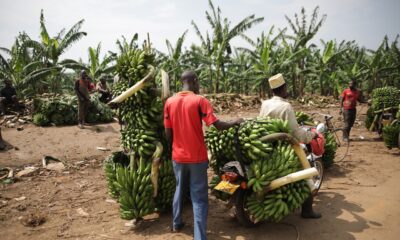

Tillgång till en brett diversifierade portfölj av statsobligationer på tillväxtmarknader
Nyheter
Fem spanska fonder som har ökat med +12% under 2025
Publicerad
11 timmar sedanden
25 april, 2025
År 2025 visar sig bli ett tufft år för finansmarknaderna. Med det första kvartalet fortfarande att avslutat upplever de stora internationella aktieindexen kraftiga nedgångar, där indexfonder baserade på S&P 500 och Nasdaq-100 drabbas särskilt hårt. Det finns dock en kategori som står sig starkt: Ibex 35 indexfonder, som har blivit en av årets mest räddningsvärda tillgångar. Det finns fem spanska fonder som har ökat med +12% under 2025.
Mer specifikt har fonder som investerar i spanska aktier (både indexfonder och aktivt förvaltade) ackumulerat en genomsnittlig avkastning på 14,29 % hittills under 2025. Denna siffra gör kategorin till den mest lönsamma bland aktiefonder, och den näst mest lönsamma av alla investeringsfondkategorier, efter endast guld- och ädelmetallfonder, som har skjutit i höjden med en omvärdering på mer än 40 %.
Inom den spanska kategorin upplever Ibex 35 indexfonder en stark utveckling, med avkastning överstigande 12 % under 2025. Nedan granskar vi årets fem mest lönsamma Ibex indexfonder, rangordnade från lägst till högst avkastning:
BBVA Bolsa Índice FI
Denna Ibex 35 indexfond, som förvaltas av BBVA Asset Management, har stigit med 12,03 % hittills i år. Under de senaste 5 åren har den erbjudit en genomsnittlig avkastning på 16,12 %.
Den har tillgångar på 116,5 miljoner euro och följer Ibex 35 Net Return-indexet, vilket inkluderar utdelningar. Dess nuvarande kostnader är 1,21 %.
10 största portföljpositioner
| Värdepapper | Vikt% |
| Inditex (Industria de Diseño Textil S.A.) | 13,57% |
| Banco Santander S.A. | 13,16% |
| Iberdrola S.A. | 12,39% |
| BBVA (Banco Bilbao Vizcaya Argentaria S.A.) | 10,32% |
| CaixaBank S.A. | 5,36% |
| Amadeus IT Group S.A. | 4,57% |
| Ferrovial SE | 4,42% |
| Futuro sobre IBEX 35 | 3,75% |
| Aena SME S.A. | 3,60% |
| Telefónica S.A. | 3,40% |
Santander Indice España FI Openbank
Santander Asset Managements indexfond Ibex 35 har en avkastning på 12,08 % år 2025. Under fem år har den ackumulerat en avkastning på 16,20 %.
Den förvaltar tillgångar till ett värde av 961,7 miljoner euro, vilket gör den till en av de största fonderna i detta urval. Förvaltningsavgiften är 0,70 % och de löpande kostnaderna är 1,11 %.
10 största portföljpositioner
| Värdepapper | Vikt% |
| Inditex (Industria de Diseño Textil S.A.) | 14,18% |
| Iberdrola S.A. | 12,70% |
| Banco Santander S.A. | 10,82% |
| Futuro sobre Ibex 35 (venc. 02/2025) | 9,90% |
| BBVA (Banco Bilbao Vizcaya Argentaria S.A.) | 9,16% |
| Bono España 0,65% | 5,57% |
| CaixaBank S.A. | 4,84% |
| Amadeus IT Group S.A. | 4,60% |
| Ferrovial SE | 4,40% |
| Aena SME S.A. | 3,60% |
ING Direct Fondo Naranja Ibex 35 FI
Fondo Naranja Ibex 35 de ING, som förvaltas av Amundi Iberia, har hittills under 2025 haft en avkastning på 12,13 %. Under femårsperioden har den ackumulerat en avkastning på 16,31 %.
Denna fond har tillgångar på 268,4 miljoner euro och replikerar Ibex 35 Net Return. Förvaltningsavgiften är 0,99 % och de löpande kostnaderna är 1,1 %.
10 största portföljpositioner
| Värdepapper | Vikt% |
| Inditex (Industria de Diseño Textil S.A.) | 13,90% |
| Banco Santander S.A. | 13,48% |
| Iberdrola S.A. | 12,69% |
| BBVA (Banco Bilbao Vizcaya Argentaria S.A.) | 10,57% |
| CaixaBank S.A. | 5,49% |
| Amadeus IT Group S.A. | 4,68% |
| Ferrovial SE | 4,53% |
| Aena SME S.A. | 3,68% |
| Telefónica S.A. | 3,49% |
| Cellnex Telecom S.A. | 3,48% |
Caixabank Bolsa Índice España Estándar FI
Caixabank AM-fonden har hittills under 2025 redovisat en ökning på 12,23 %. Dess genomsnittliga avkastning under de senaste fem åren har varit 16,72 %.
Dess förvaltade tillgångar uppgår till 335,5 miljoner euro, och det motsvarar Ibex 35 Net Return. Din provision är i detta fall 1 % och dina nuvarande utgifter är 1,03 %.
10 största portföljpositioner
| Värdepapper | Vikt% |
| Iberdrola S.A. | 13,61% |
| Banco Santander S.A. | 13,28% |
| Inditex (Industria de Diseño Textil S.A.) | 12,13% |
| BBVA (Banco Bilbao Vizcaya Argentaria S.A.) | 10,22% |
| CaixaBank S.A. | 5,82% |
| Amadeus IT Group S.A. | 4,49% |
| Ferrovial SE | 4,25% |
| Aena SME S.A. | 3,68% |
| Telefónica S.A. | 3,49% |
| Cellnex Telecom S.A. | 3,28% |
Bindex España Índice FI
Och den mest lönsamma fonden bland de som är indexerade mot Ibex 35 år 2025 (även om vi talar om tiondelar och hundradelar jämfört med resten) är Bindex Spain Index, från BBVA Asset Management. Denna fond har hittills i år haft en avkastning på 12,35 % och en 5-årsavkastning på 17,35 %.
Med tillgångar på 146,4 miljoner euro har denna fond etablerat sig som det billigaste alternativet av de fem (förvaltningsavgift på 0,11 % och löpande kostnader på 0,14 %). Den replikerar också Ibex 35 Total Return.
10 största portföljpositioner
| Värdepapper | Vikt% |
| Inditex (Industria de Diseño Textil S.A.) | 13,62% |
| Banco Santander S.A. | 13,20% |
| Iberdrola S.A. | 12,43% |
| BBVA (Banco Bilbao Vizcaya Argentaria S.A.) | 10,35% |
| CaixaBank S.A. | 5,38% |
| Amadeus IT Group S.A. | 4,59% |
| Ferrovial SE | 4,44% |
| Aena SME S.A. | 3,61% |
| Telefónica S.A. | 3,42% |
| Cellnex Telecom S.A. | 3,41% |
Nyheter
ASRP ETF ett spel på medtech företag världen över
Publicerad
12 timmar sedanden
25 april, 2025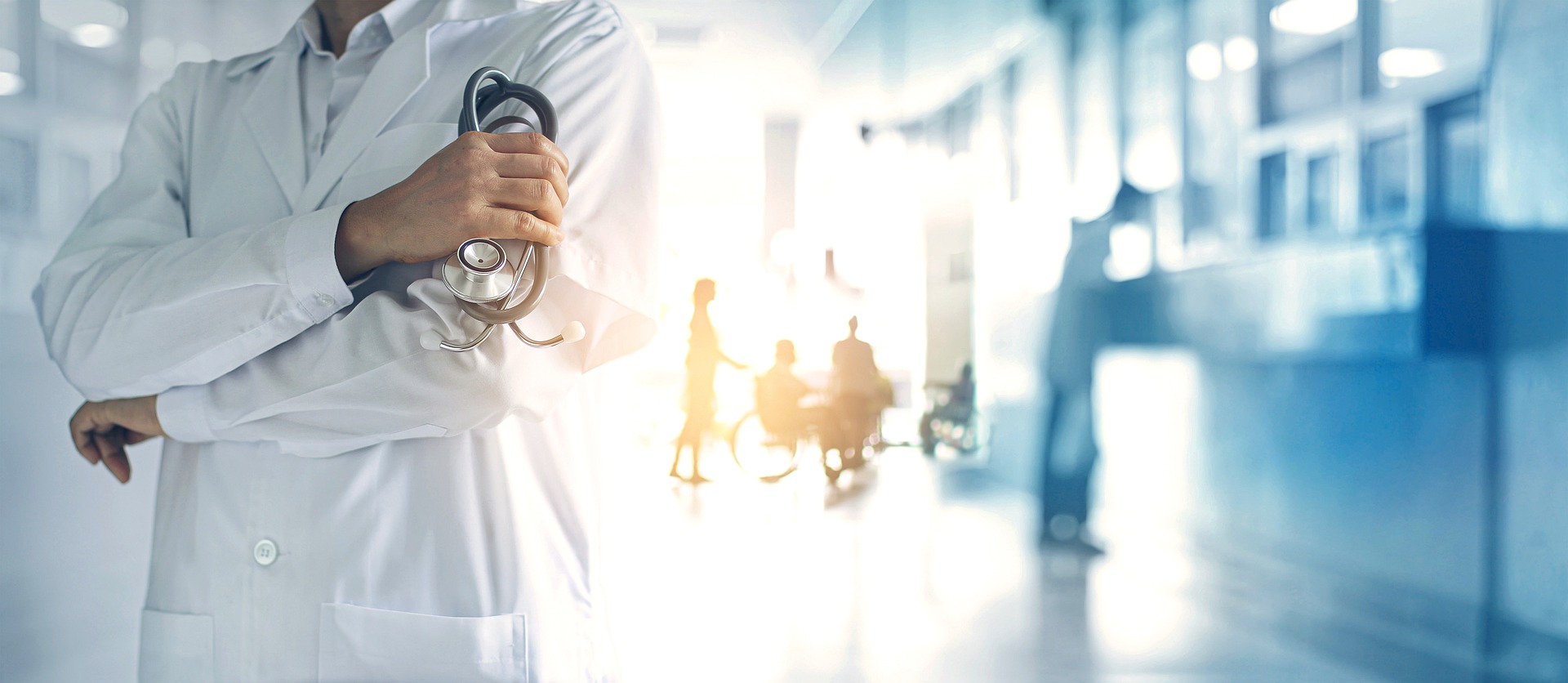
BNP Paribas Easy ECPI Global ESG Med Tech UCITS ETF EUR (ASRP ETF) med ISIN LU2365457410, försöker följa ECPI Global ESG Medical Tech-index. ECPI Global ESG Medical Tech-index spårar företag från utvecklade marknader över hela världen som är aktiva inom medicinteknikbranschen. Aktierna som ingår filtreras enligt ESG-kriterier (miljö, social och bolagsstyrning). De utvalda värdepapperen viktas lika i indexet.
Den börshandlade fondens (total cost ratio) uppgår till 0,30 % p.a. BNP Paribas Easy ECPI Global ESG Med Tech UCITS ETF EUR är den billigaste och största ETF som följer ECPI Global ESG Medical Tech-index. ETF:n replikerar det underliggande indexets prestanda genom full replikering (köper alla indexbeståndsdelar). Utdelningarna i ETFen ackumuleras och återinvesteras.
BNP Paribas Easy ECPI Global ESG Med Tech UCITS ETF EUR är en mycket liten ETF med tillgångar på 12 miljoner euro under förvaltning. Denna ETF lanserades den 10 december 2021 och har sin hemvist i Luxemburg.
Handla ASRP ETF
BNP Paribas Easy ECPI Global ESG Med Tech UCITS ETF EUR (ASRP ETF) är en europeisk börshandlad fond. Denna fond handlas på flera olika börser, till exempel Deutsche Boerse Xetra och Borsa Italiana.
Det betyder att det går att handla andelar i denna ETF genom de flesta svenska banker och Internetmäklare, till exempel DEGIRO, Nordnet, Aktieinvest och Avanza.
Börsnoteringar
Nyheter
Europafokuserade ETPer ser större andel av flödena under första kvartalet
Publicerad
13 timmar sedanden
25 april, 2025
HANetf har släppt sin rapport om börshandlade europeiska ETPer för första kvartalet 2025, som avslöjar banbrytande insikter i den snabba utvecklingen av den europeiska ETF-marknaden.
Tillgångar i europeiska ETPer nådde 2,4 biljoner dollar under första kvartalet, varav ETFer stod för 2,28 biljoner dollar. Kärnaktions-ETFer ledde flödena (45,70 miljarder dollar) medan räntebärande ETFer ökade med 15,19 miljarder dollar.
Viktiga data
- Europeiska ETPer överstiger 2,4 biljoner dollar i förvaltat kapital under första kvartalet 2025
- Flöden omdirigerades till Europafokuserade ETPer jämfört med USA-fokuserade mitt i tullkrisen
- Kärnaktions-ETFer överstiger milstolpen på 1 biljon dollar i förvaltat kapital med 45,70 miljarder dollar i nettoflöden under första kvartalet
- Aktiva ETFer i förvaltat kapital ökade med 11,65 % under första kvartalet och optionsbaserade ETFer i förvaltat kapital med 54,55 %.
- Antalet europeiska ETP-varumärken fortsätter att öka och uppgår nu till totalt 131.
- Europa godkänner semitransparenta ETFer, vilket potentiellt uppmuntrar fler aktiva förvaltare i USA att gå in på den europeiska ETF-marknaden.
- Försvars-ETFer såg flöden på 4,16 miljarder dollar under första kvartalet, vilket motsvarar 4,5 % av de totala ETF-flödena i Europa och en 5-faldig ökning jämfört med föregående kvartal.
Läs hela rapporten för att upptäcka kvartalsdata, ETF-marknadens utveckling, tillväxten inom nya områden som optionsbaserade ETFer och mer.

Fem spanska fonder som har ökat med +12% under 2025

ASRP ETF ett spel på medtech företag världen över

Europafokuserade ETPer ser större andel av flödena under första kvartalet

JAAA ETF an aktiv satsning på säkerställda obligationer

Can crypto outperform amidst the current market turmoil?

Crypto Market Risks & Opportunities: Insights on Bybit Hack, Bitcoin, and Institutional Adoption

Montrose storsatsning på ETFer fortsätter – lanserar Sveriges första globala ETF med hävstång

Svenskarna har en ny favorit-ETF

MONTLEV, Sveriges första globala ETF med hävstång

Sju börshandlade fonder som investerar i försvarssektorn
Populära
-

 Nyheter4 veckor sedan
Nyheter4 veckor sedanCrypto Market Risks & Opportunities: Insights on Bybit Hack, Bitcoin, and Institutional Adoption
-

 Nyheter3 veckor sedan
Nyheter3 veckor sedanMontrose storsatsning på ETFer fortsätter – lanserar Sveriges första globala ETF med hävstång
-
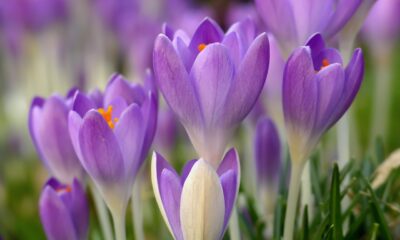
 Nyheter4 veckor sedan
Nyheter4 veckor sedanSvenskarna har en ny favorit-ETF
-
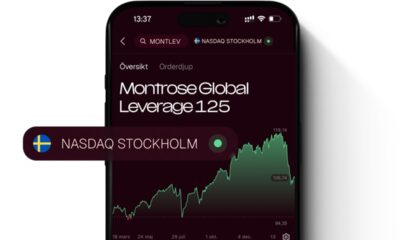
 Nyheter3 veckor sedan
Nyheter3 veckor sedanMONTLEV, Sveriges första globala ETF med hävstång
-

 Nyheter3 veckor sedan
Nyheter3 veckor sedanSju börshandlade fonder som investerar i försvarssektorn
-
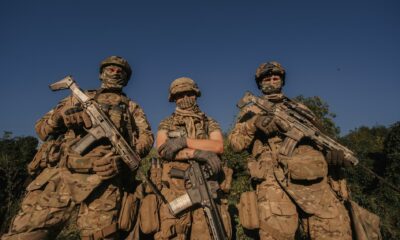
 Nyheter3 veckor sedan
Nyheter3 veckor sedanVärldens första europeiska försvars-ETF från ett europeiskt ETF-företag lanseras på Xetra och Euronext Paris
-

 Nyheter3 veckor sedan
Nyheter3 veckor sedanEuropeisk försvarsutgiftsboom: Viktiga investeringsmöjligheter mitt i globala förändringar
-

 Nyheter2 veckor sedan
Nyheter2 veckor sedan21Shares bildar exklusivt partnerskap med House of Doge för att lansera Dogecoin ETP i Europa


